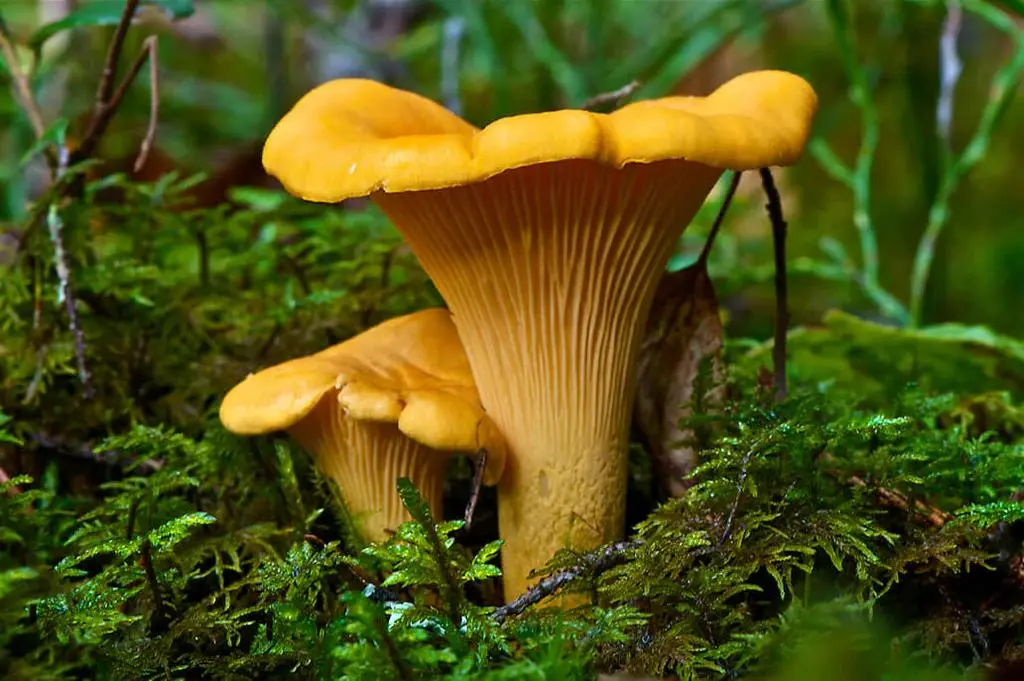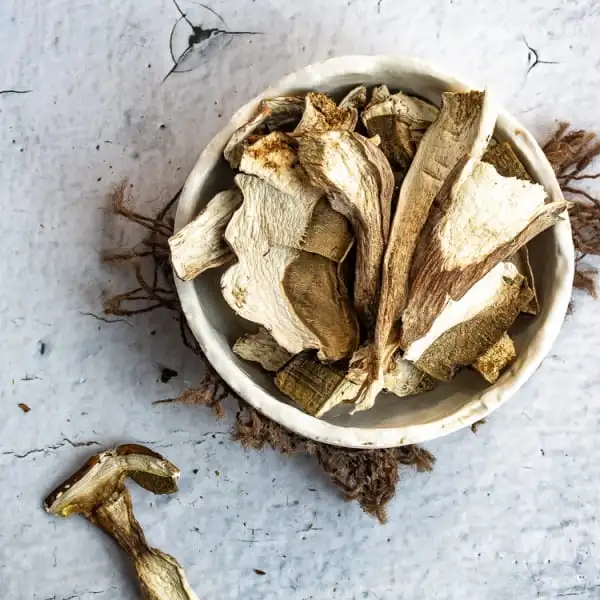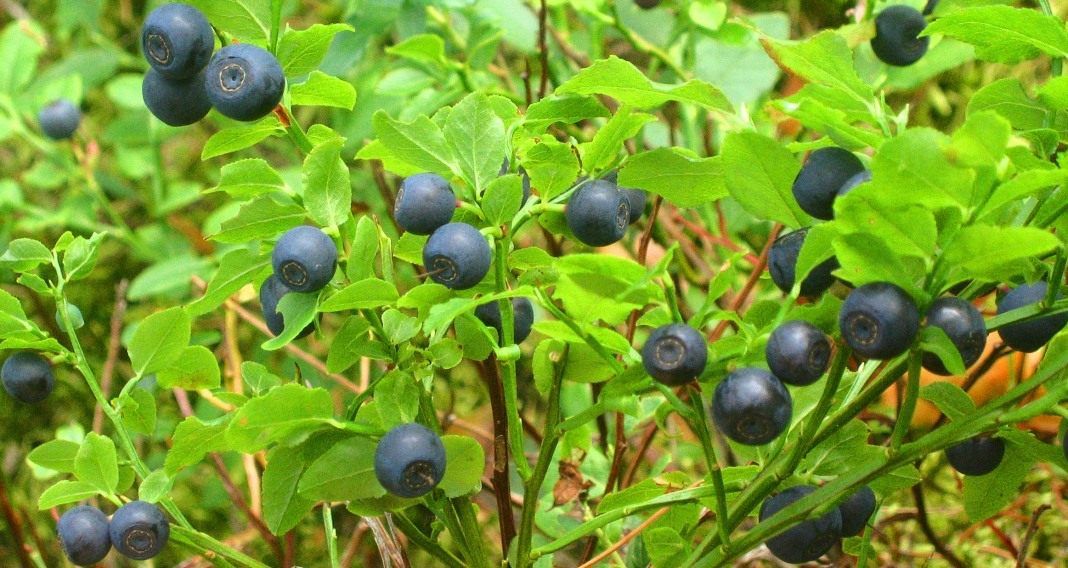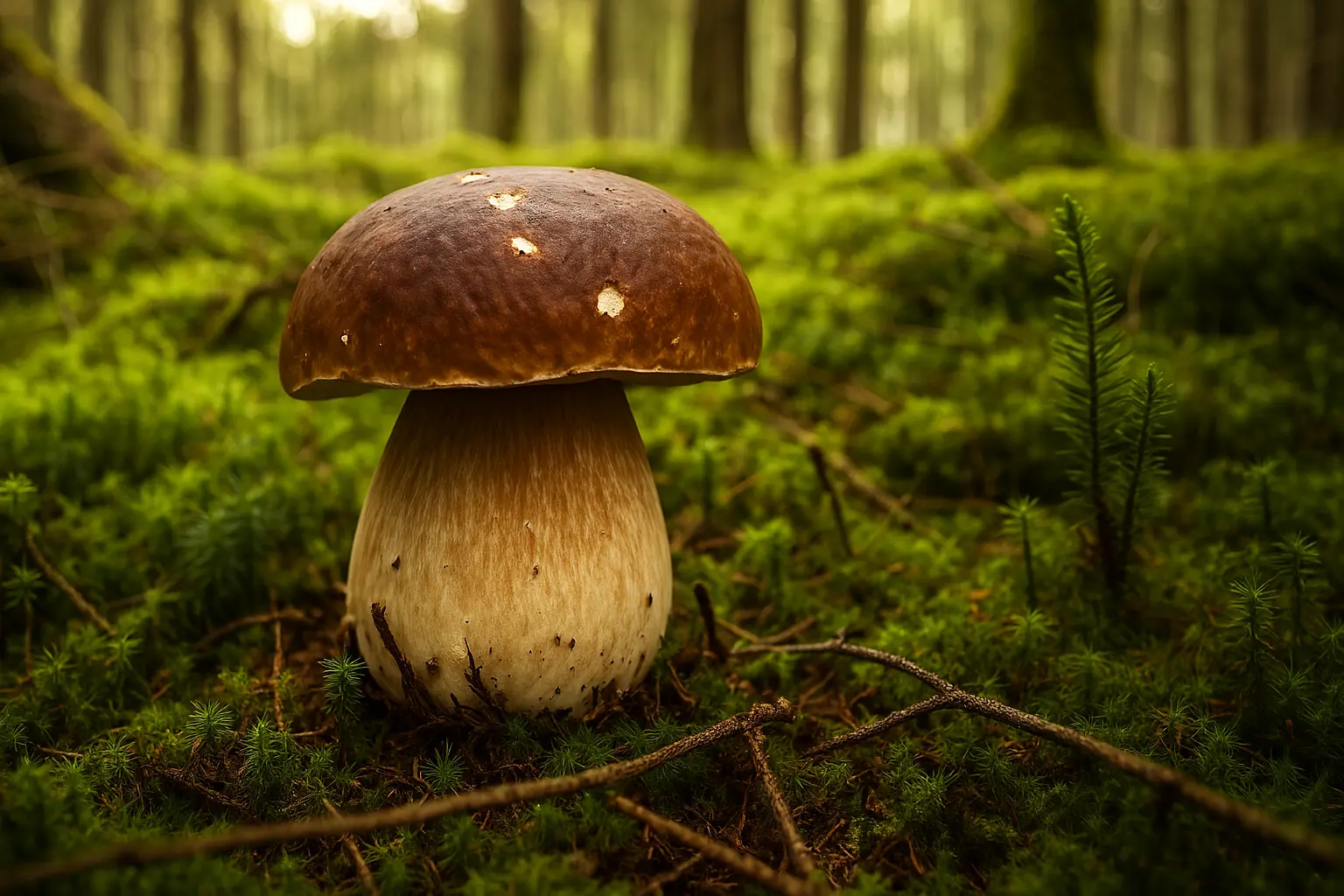
In the heart of Romania's Apuseni Mountains, a tradition as old as time continues to thrive - the art of mushroom hunting. These ancient forests, with their rich biodiversity and minimal human intervention, offer some of Europe's finest wild mushrooms. For generations, local foragers have passed down their knowledge, ensuring sustainable harvesting practices that maintain the delicate balance of this ecosystem while providing some of the most sought-after culinary treasures.
The Legacy of Forest Knowledge
Mushroom hunting in Romania is not merely a hobby or economic activity - it's a cultural heritage. Families in the Apuseni region have been foraging these forests for countless generations, with knowledge passing from grandparents to grandchildren. Children learn to identify species from as young as four or five years old, developing an intuitive understanding of forest ecology.
"My grandfather could smell a patch of porcini from twenty meters away," explains Ioan Munteanu, a third-generation forager from Bihor County. "He taught me that mushrooms are not just food - they are the forest's messengers, telling us about soil health, climate changes, and ecosystem balance."
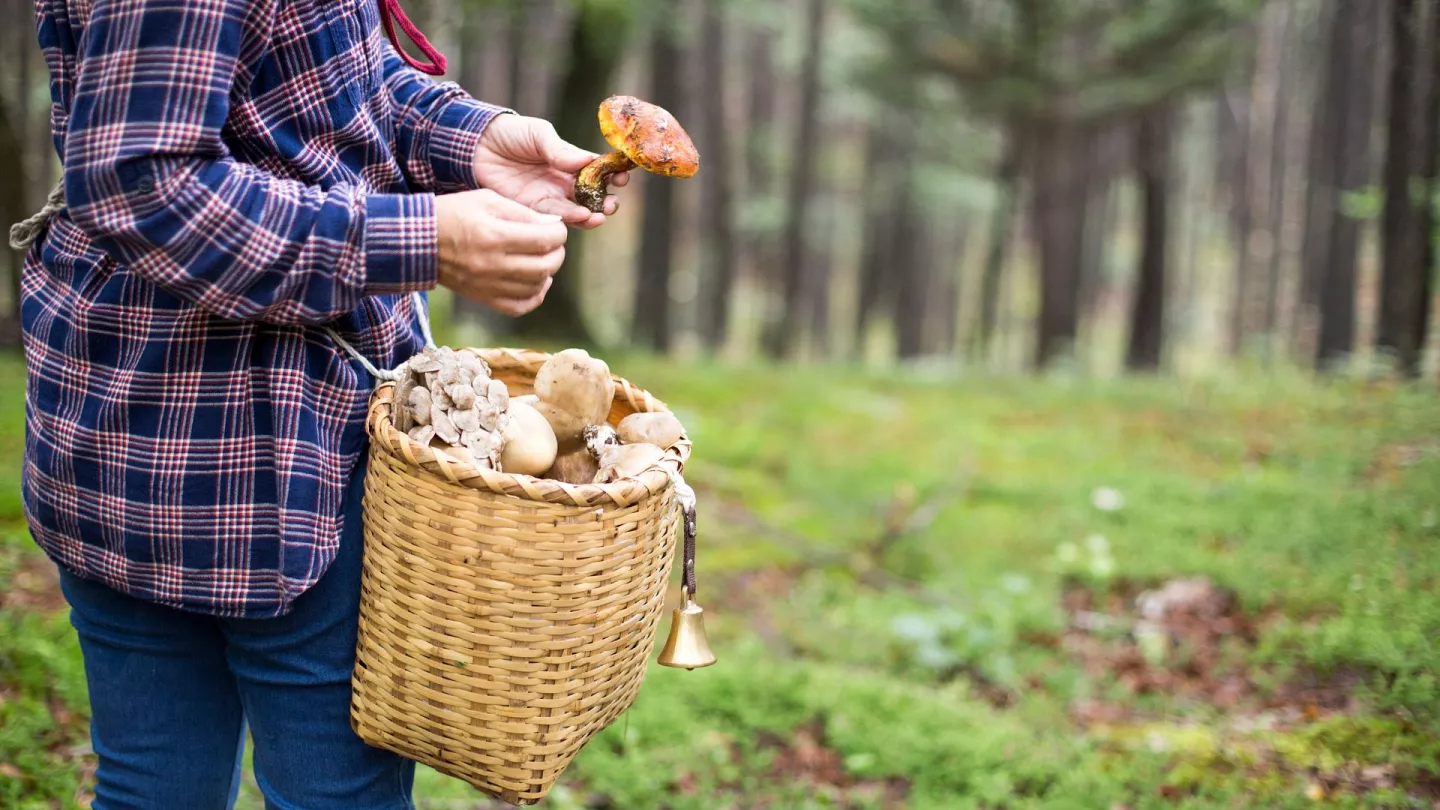
Prime Species of the Apuseni Forests
The Apuseni Mountains are particularly renowned for several prized edible mushroom species:
- Boletus edulis (Porcini/Cep) - The king of mushrooms, with a rich, nutty flavor and meaty texture
- Cantharellus cibarius (Chanterelle) - Golden trumpet-shaped mushrooms with a fruity aroma
- Amanita caesarea (Caesar's Mushroom) - A delicacy known for its striking orange cap
- Morchella esculenta (Morel) - Honeycomb-patterned spring mushrooms highly prized by chefs
- Marasmius oreades (Fairy Ring Mushroom) - Delicate mushrooms with almond-like flavor
Each species has its own season, habitat preferences, and associated folklore in local tradition. The diversity is remarkable - experienced foragers can identify over a hundred edible species, though most focus on about two dozen commercially valuable varieties.
Sustainable Harvesting Practices
What sets traditional Romanian mushroom hunting apart is its deeply ingrained sustainability ethic. Unlike commercial operations in some countries that can deplete forest resources, Apuseni foragers follow practices that ensure mushroom populations remain healthy:
- Using knives to cut mushrooms above the ground, leaving the mycelium undisturbed
- Carrying harvests in woven baskets that allow spores to fall back to the forest floor
- Leaving some mature specimens in each patch to release spores
- Rotating harvesting areas to allow recovery
- Never harvesting very young mushrooms
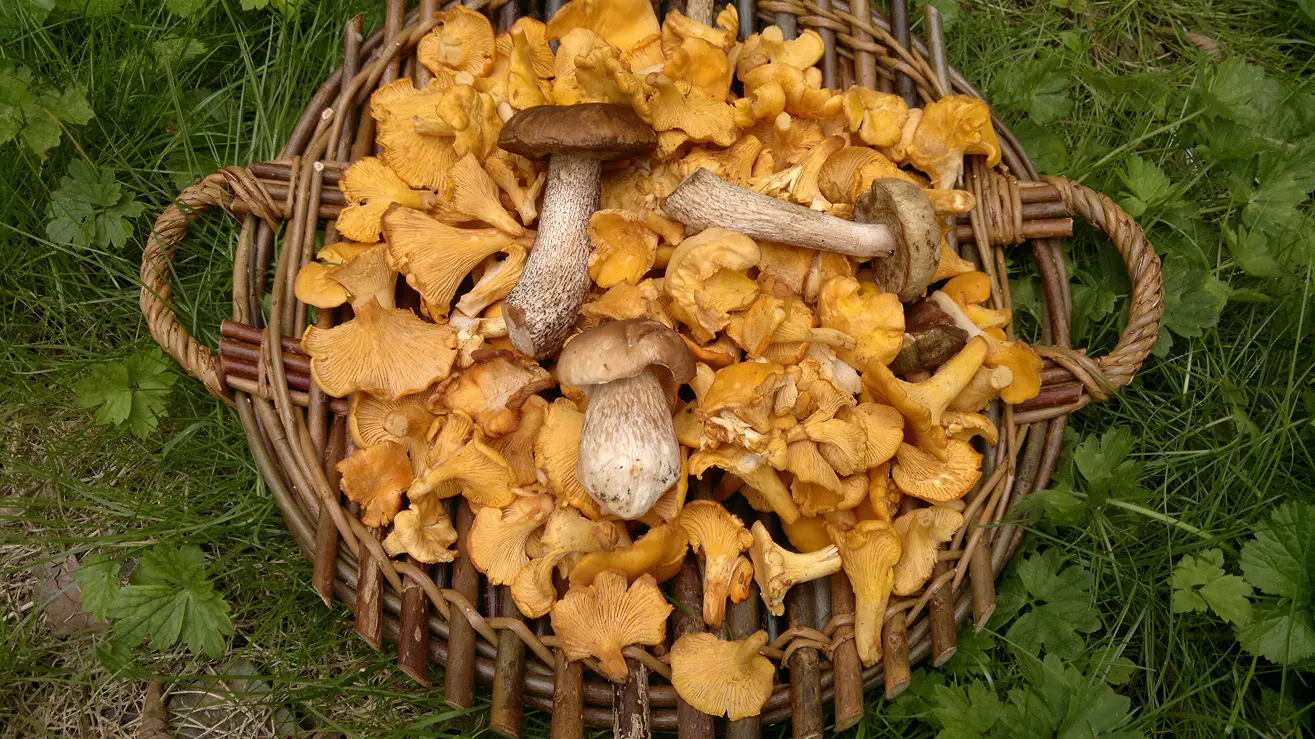
The Challenges of Modern Times
Despite its deep roots, traditional mushroom foraging faces modern challenges. Climate change has altered fruiting seasons and reduced yields in some areas. Younger generations are increasingly drawn to urban life, and the knowledge transfer is becoming fragmented.
Additionally, unsustainable commercial harvesting by outside operators threatens both the ecosystem and the livelihoods of traditional foragers. Conservation efforts are now focusing on documenting traditional knowledge and establishing sustainable harvesting guidelines that respect local practices.
"When you take from the forest, you must give back to the forest. This is what we've always understood that others sometimes forget." - Elena Dragomir, elder forager from the Apuseni region
The Cultural Significance
Beyond their economic and culinary value, wild mushrooms hold deep cultural significance in Romanian tradition. They feature in folklore, traditional medicine, seasonal celebrations, and even spiritual practices. The autumn mushroom season is marked by community gatherings, special meals, and knowledge-sharing sessions.
At TRANS FRUIT SRL, we work directly with traditional foragers, supporting their sustainable practices while ensuring that their extraordinary wild harvest reaches appreciative markets. Our processing techniques preserve not just the mushrooms themselves, but the ancient wisdom and ecological balance that makes this tradition so special.
Conclusion
The art of mushroom hunting in the Apuseni Mountains represents a remarkable harmony between human activity and nature. As global interest in wild, organic foods continues to grow, these traditional practices offer valuable lessons in sustainability, biodiversity conservation, and the cultivation of deep ecological knowledge. By supporting responsible foragers and their methods, we help preserve both a cultural heritage and a natural treasure for generations to come.

